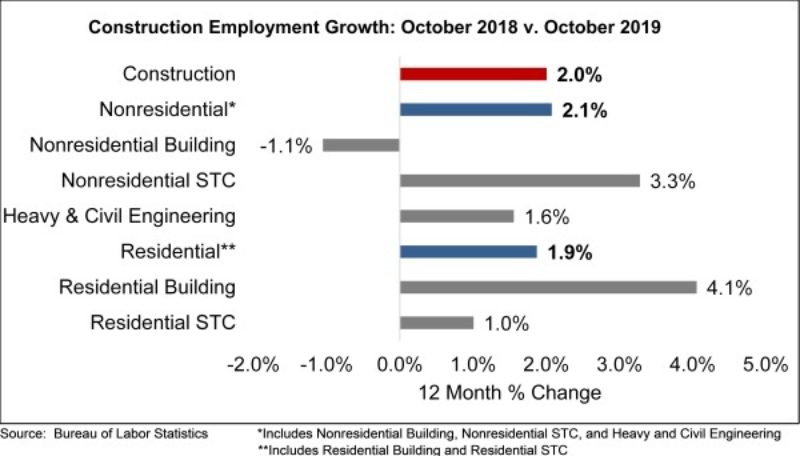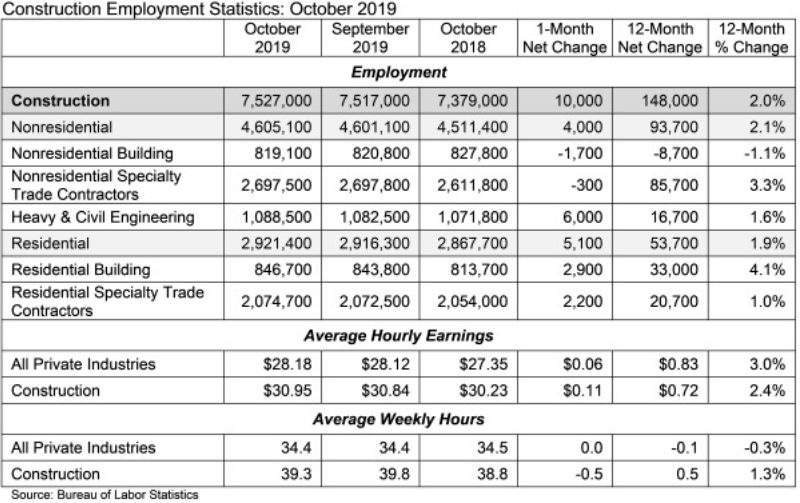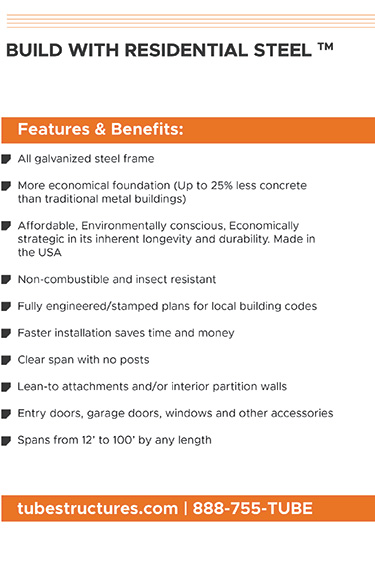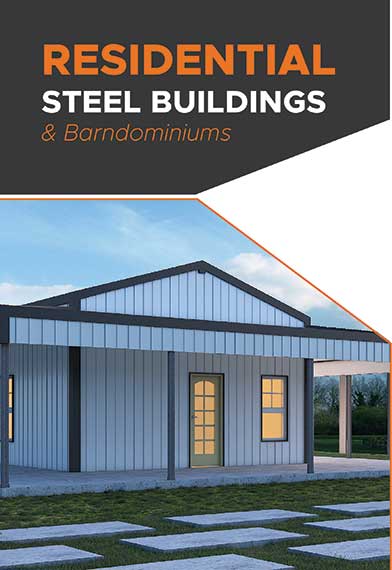Jobs in nonresidential construction increase in October
- November 9, 2020
- Posted by: Alan Hageman
- Category: News

The construction industry added 10,000 jobs in October, according to an Associated Builders and Contractors’ (ABC) analysis of data released by the U.S. Bureau of Labor Statistics. On a year-over-year basis, industry employment has expanded by 148,000 jobs, or 2 percent.
Nonresidential construction employment increased by 4,000 jobs in October and is up 2.1 percent over the past year. On a monthly basis, however, both the nonresidential building and nonresidential specialty trade contractors segments lost jobs, which comports with the recent decline in investment in structures, according to the third quarter gross domestic product release.
The construction unemployment rate rose to 4 percent in October, up 0.4 percentage points from the same time last year. Unemployment across all workforce participants increased to 3.6 percent in October as the labor force participation rate for the broader economy inched up to 63.3 percent.
“Increasingly, the nonresidential construction sector is a tale of two industries,” said ABC chief economic Anirban Basu. “While the overall industry has added jobs for the past three consecutive months, the segments most closely tied to commercial construction, including retail and lodging, have slowed substantially. There are many reasons for this, including emerging concerns regarding saturation of available commercial product in a number of areas. Accordingly, the GDP report released earlier this week showed investment in structures contracted 15.3 percent on a seasonally adjusted annualized basis during the third quarter of 2019, a rather substantial dip. The employment report indicates that the nonresidential building sub-segment has now lost jobs on a year-over-year basis over the last four months.”
Basu said, “This represents a stark departure from earlier in the cycle when private construction segments led the construction spending expansion. For years, public construction lagged private construction in terms of recovery as state and local governments wrestled with the aftermath of the Great Recession. But today’s economy is different. Jobs are plentiful, translating into higher income tax collections. Consumers are spending, helping to generate retail sales tax collections. Property values have also risen and there are more properties to assess and tax, translating into higher property tax collections.”
As a result, Basu said there is more money for infrastructure investment in some public categories including water and public safety. “The expected depletion of the Highway Trust Fund in 2021, however, represents a looming threat to public construction momentum. The implication is that the overall nonresidential construction spending cycle may experience greater turbulence over the next 12 to 18 months, but for now, the data indicate overall positive momentum.”




